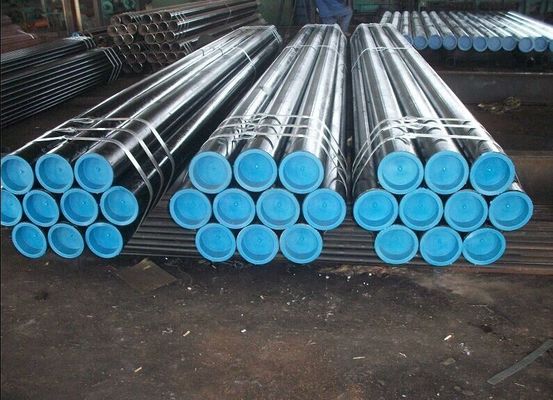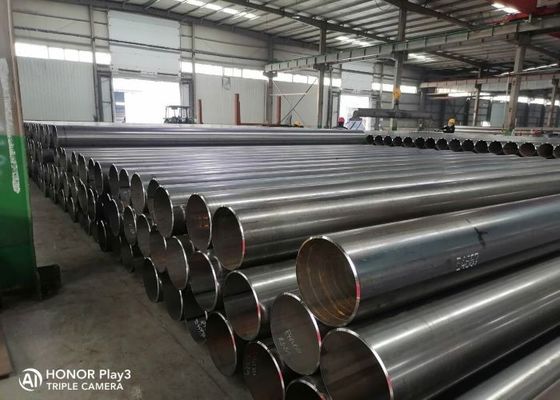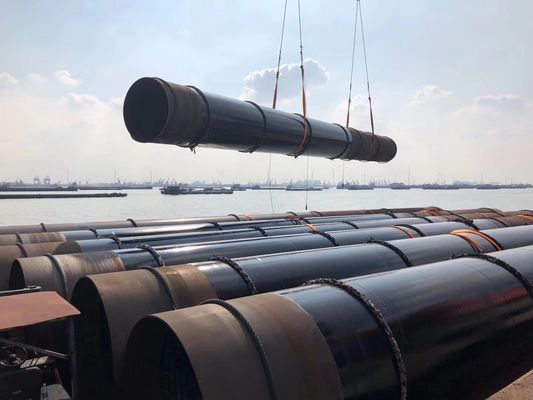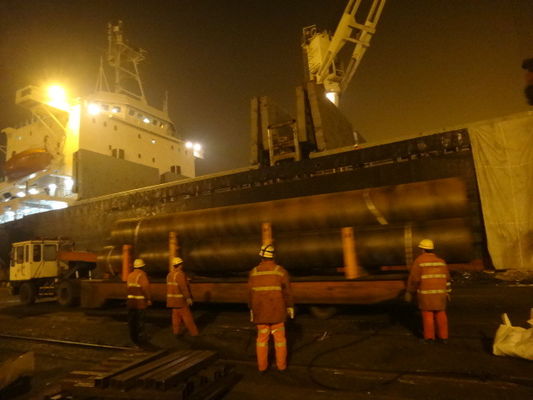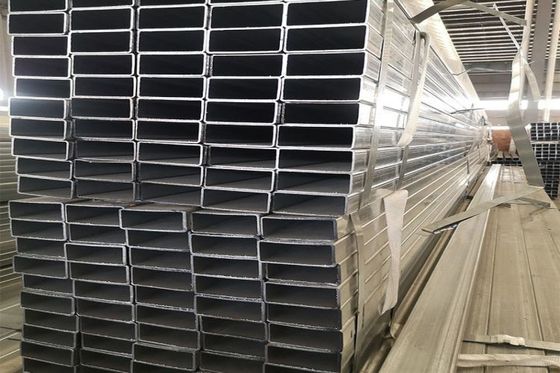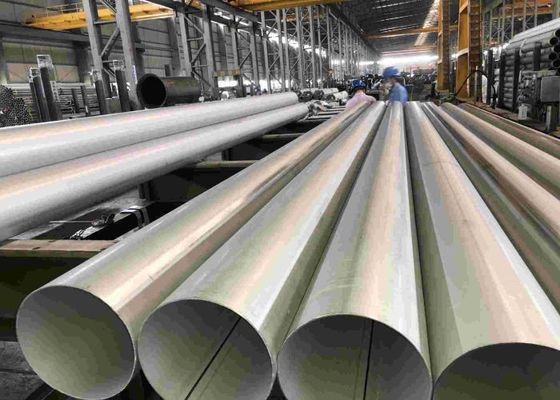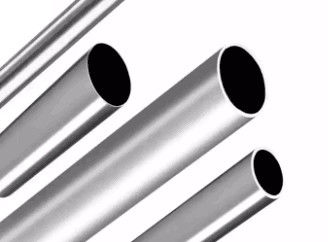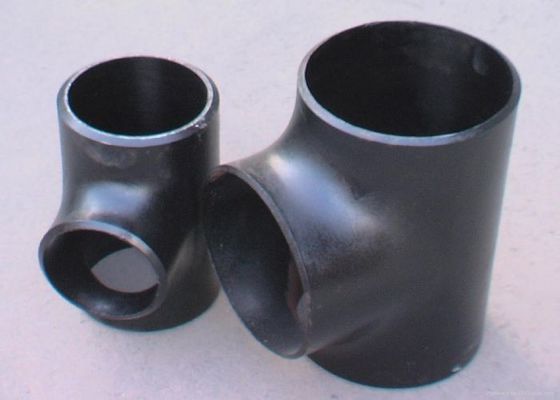Flanges can be systematically classified by their pressure rating, which defines the maximum allowable working pressure (MAWP) they can withstand under specified temperature and medium conditions. This classification is critical for ensuring safety, preventing leaks, and maintaining system integrity in piping networks. Below is a detailed English breakdown of flange pressure classes, aligned with major international standards (e.g., ASME, EN, GB):
1. Pressure Rating Fundamentals
Pressure ratings are defined by codes (e.g., ASME B16.5, EN 1092-1) and represent the MAWP under standard test conditions (typically 20°C/68°F). For elevated temperatures, the allowable pressure decreases due to material strength reduction. Key parameters include:
- Design Pressure (DP): Maximum pressure the flange is rated to handle.
- Temperature Rating: The range of temperatures over which the DP applies (e.g., ASME B16.5 specifies ratings from -29°C to 427°C for carbon steel).
- Pressure-Temperature (P-T) Table: A code-mandated chart linking pressure to temperature for each class/grade.
2. Classification by Standard Systems
A. ASME B16.5 (North America/Europe): Class-Based Rating
ASME B16.5 is the most widely used standard for pipe flanges and flanged fittings in oil, gas, and chemical industries. It defines seven primary pressure classes (Class 150 to Class 2500), with intermediate classes (e.g., Class 900, Class 1500) for specialized applications.
| Class |
Design Pressure Range |
Key Features & Applications |
| Class 150 |
Up to ~2.0 MPa (290 psi) at 20°C |
- Lightest class; thin flange thickness, small bolt circle diameter (BCD), fewer bolts (4–8 bolts).
- Common in low-pressure systems: water, air, steam (≤150°C), and non-corrosive fluids.
- Materials: Carbon steel (e.g., ASTM A105), stainless steel (e.g., ASTM A182 F304). |
| Class 300 |
Up to ~5.0 MPa (725 psi) at 20°C |
- Thicker flanges, larger BCD, more bolts (8–12 bolts) than Class 150.
- Suitable for moderate pressures: oil/gas pipelines, process heating, and refrigeration.
- Materials: Carbon steel (A105), alloy steel (A350 LF2 for low temps). |
| Class 600 |
Up to ~10.0 MPa (1,450 psi) at 20°C |
- Heavier construction; flange thickness increases significantly.
- Used in high-pressure systems: hydraulic lines, compressed air, and chemical processing (≤427°C).
- Materials: Carbon steel (A350 LF2), stainless steel (A182 F316). |
| Class 900 |
Up to ~15.0 MPa (2,175 psi) at 20°C |
- Designed for very high pressures; robust flange-to-pipe connection (weld neck or socket weld).
- Applications: High-pressure steam, gas transmission, and hydrocarbon processing (≤427°C).
- Materials: Alloy steel (A354 BC, A182 F51 for sour service). |
| Class 1500 |
Up to ~25.0 MPa (3,625 psi) at 20°C |
- Extreme pressure resistance; limited to specialized applications.
- Requires thick-walled pipes (schedule 160 or higher) and matched flanges.
- Materials: High-strength alloy steel (A387 Gr. 22 CL.2). |
| Class 2500 |
Up to ~42.0 MPa (6,090 psi) at 20°C |
- Highest standard class; used in critical high-pressure systems (e.g., oilfield pipelines, nuclear reactors).
- Flanges are bulky, with large bolt patterns and heavy-duty gaskets (e.g., spiral-wound with metal jacket).
- Materials: Super-alloys (e.g., Inconel 625 for corrosion resistance). |
B. EN 1092-1 (Europe): PN-Based Rating
EN 1092-1 (European Norm) uses PN (Pressure Nominal) ratings, where "PN" is followed by a numerical value (e.g., PN10, PN16) representing the MAWP in bar (1 bar = 100 kPa ≈ 14.5 psi). Key classes include:
| PN Rating |
Design Pressure |
Key Features & Applications |
| PN 2.5 |
2.5 bar (~36 psi) |
- Ultra-low pressure; lightweight flanges with shallow bolts.
- Used in vacuum systems, water supply, and drainage. |
| PN 6 |
6 bar (~87 psi) |
- Low pressure; common in HVAC, irrigation, and low-risk plumbing.
- Materials: Galvanized steel (for corrosion resistance). |
| PN 10 |
10 bar (~145 psi) |
- Low-to-moderate pressure; widely used in water/gas distribution, compressed air, and process lines (≤120°C).
- Materials: Carbon steel (S235JR), ductile iron (EN-GJS-400-15). |
| PN 16 |
16 bar (~232 psi) |
- Moderate pressure; standard for industrial piping (e.g., chemical plants, food processing).
- Flanges have deeper bolts and thicker walls than PN10.
- Materials: Stainless steel (1.4301), cast iron (EN-GJS-500-7). |
| PN 25 |
25 bar (~362 psi) |
- High pressure; used in steam lines, hydraulic systems, and oil/gas gathering networks (≤200°C).
- Requires welded neck or socket weld connections. |
| PN 40 |
40 bar (~580 psi) |
- Very high pressure; limited to specialized industrial systems (e.g., power plant condensers, high-pressure pumps).
- Flanges often paired with ring-joint gaskets (RTJ) for sealing. |
| PN 63/PN 100/PN 160 |
63–160 bar (~914–2,320 psi) |
- Ultra-high pressure; rare in general industry but used in hydraulic presses, gas compressors, and offshore platforms.
- Custom designs with reinforced flange rings. |
C. GB/T 9112 (China): Combined Ratings
China’s GB/T 9112 series aligns with both ASME and EN standards, using PN for metric ratings and referencing ASME Class for international compatibility. Common classes include:
- PN 10/PN 16: Equivalent to ASME Class 150; low-pressure water/gas systems.
- PN 25/PN 40: Equivalent to ASME Class 300; moderate-pressure industrial piping.
- PN 63/PN 100: Equivalent to ASME Class 600; high-pressure oil/gas pipelines.
- PN 160/PN 250: Specialized classes for extreme pressures (e.g., nuclear, aerospace).
3. Key Considerations for Pressure Rating Selection
- Temperature Effect: Pressure ratings decrease with rising temperature. For example, ASME Class 300 flanges rated at 5.0 MPa at 20°C may only handle 3.0 MPa at 427°C (per ASME B16.5 P-T tables).
- Fluid Properties: Corrosive, toxic, or high-purity fluids require higher pressure classes to prevent leaks (e.g., using Class 600 instead of Class 300 for acidic services).
- Pipe Schedule: High-pressure flanges must match pipe schedules (e.g., Class 900 flanges use Sch 80 or Sch 160 pipes to avoid stress concentration).
- Gasket Compatibility: Higher pressure classes demand more robust gaskets (e.g., spiral-wound metal gaskets for Class 1500+).
Summary
Flange pressure ratings (Class or PN) are foundational to piping system design, dictating material strength, structural dimensions, and seal requirements. Selecting the correct class ensures safety, compliance with industry codes, and optimal performance across temperature and operational conditions. Always consult the relevant standard (ASME B16.5, EN 1092-1, or GB/T 9112) and P-T tables for precise applications.

 Your message must be between 20-3,000 characters!
Your message must be between 20-3,000 characters! Please check your E-mail!
Please check your E-mail!  Your message must be between 20-3,000 characters!
Your message must be between 20-3,000 characters! Please check your E-mail!
Please check your E-mail! 
